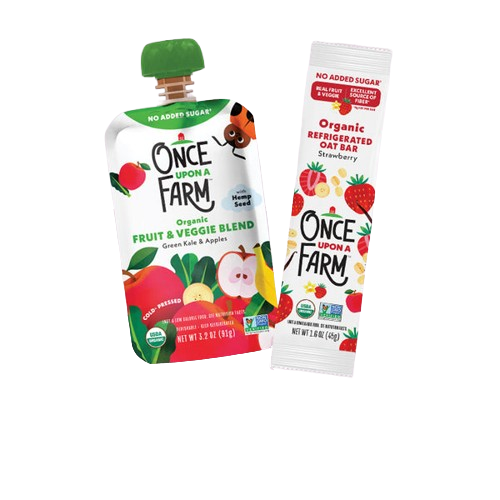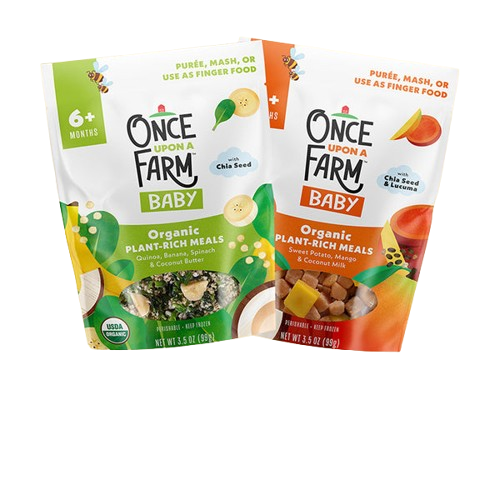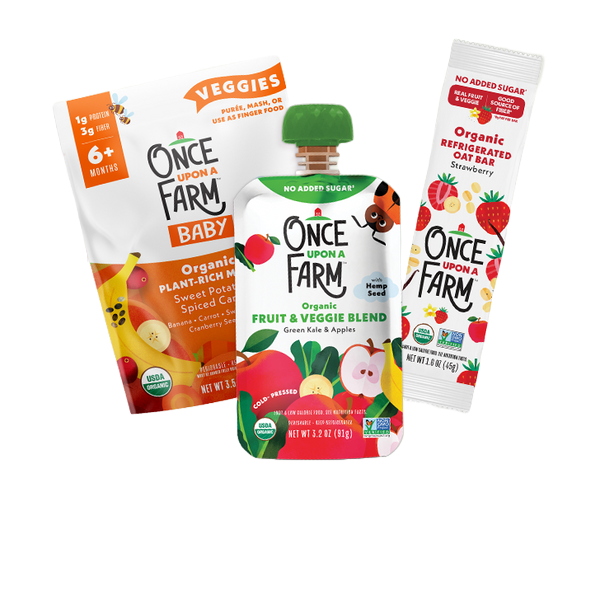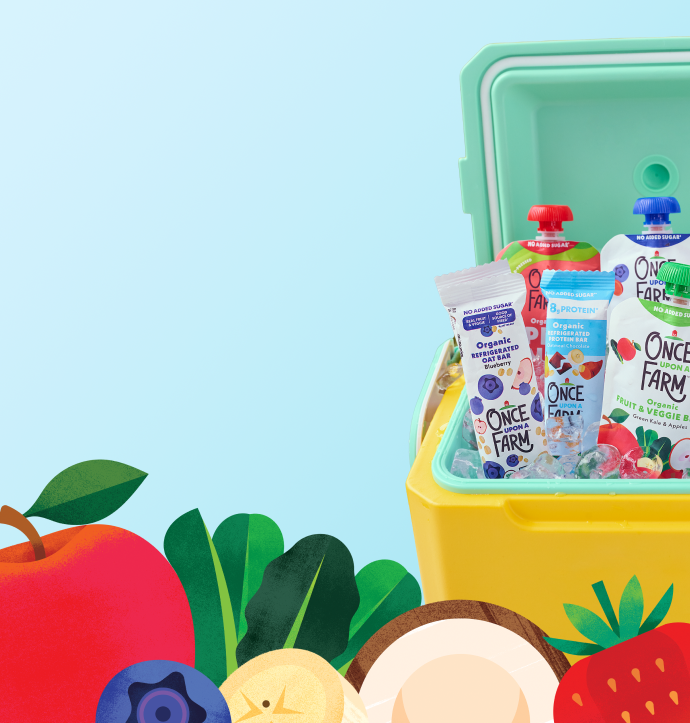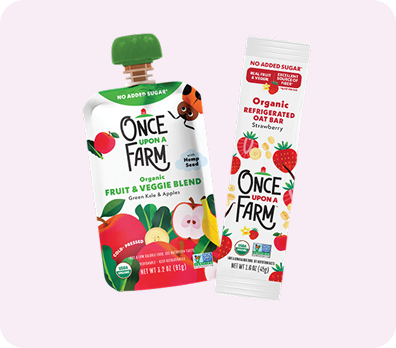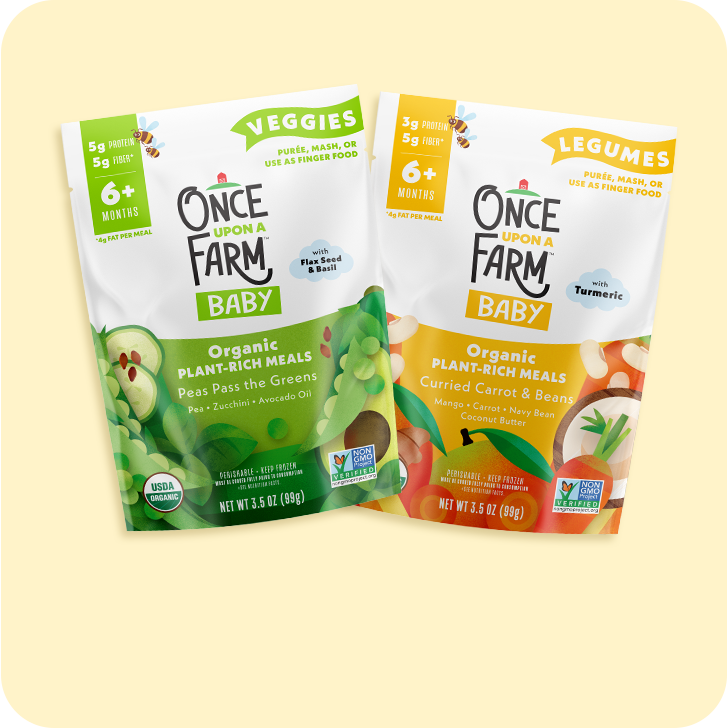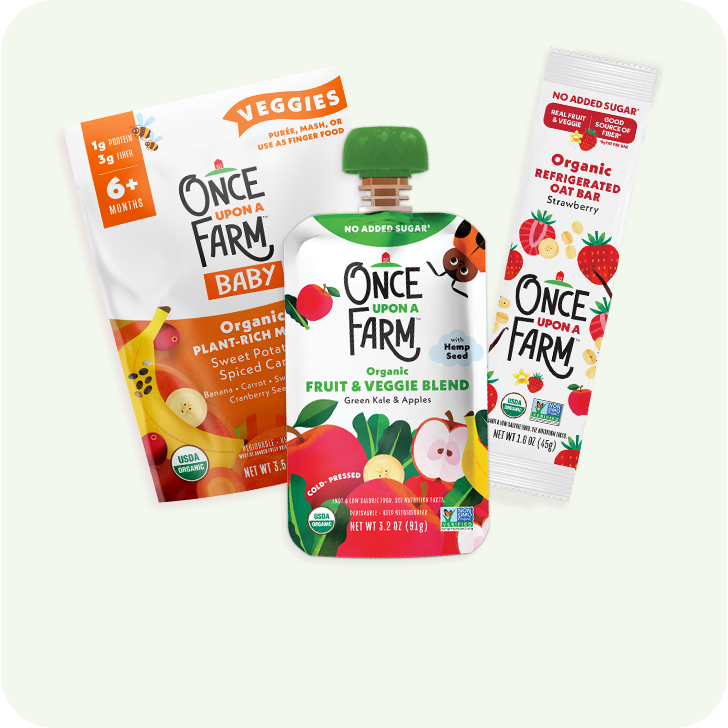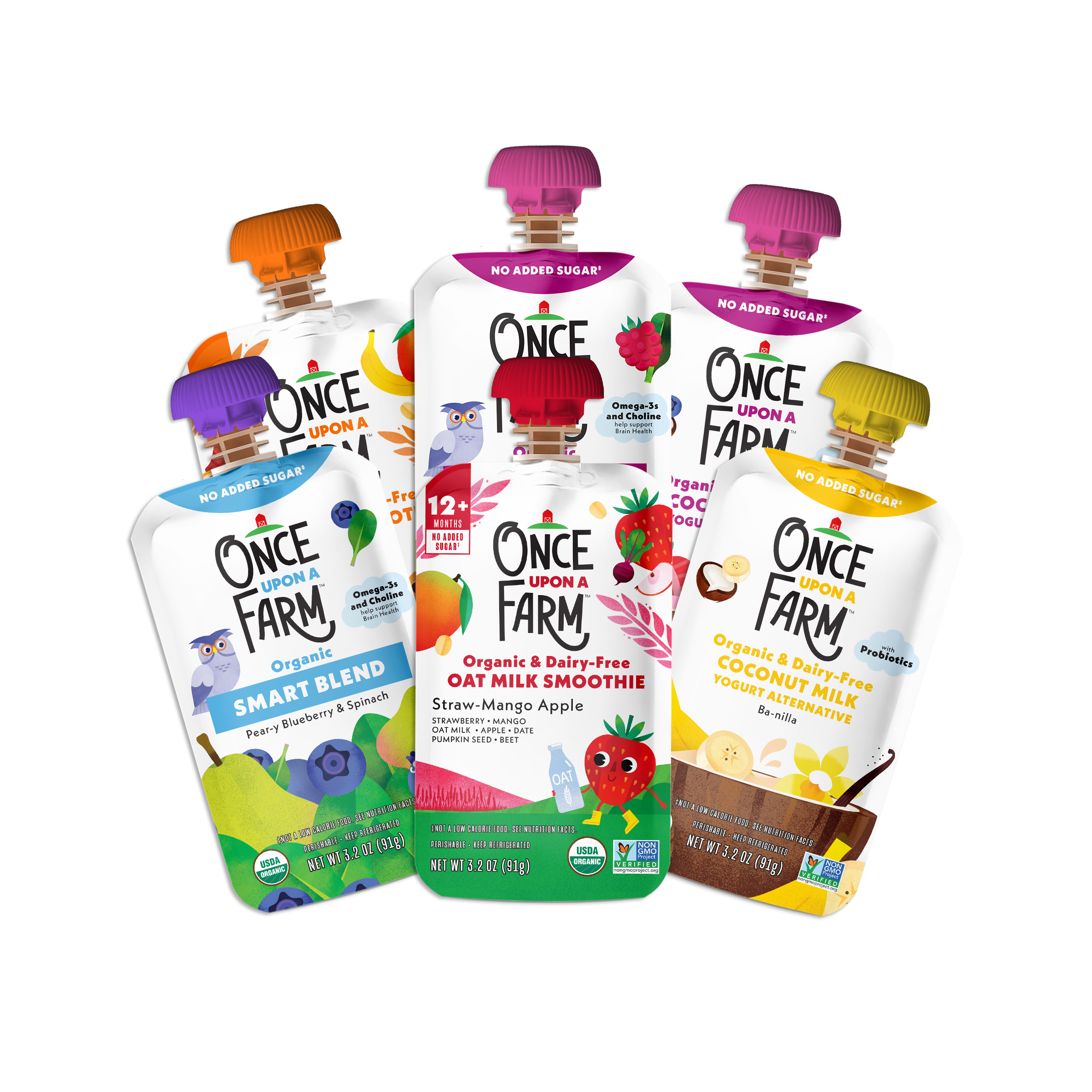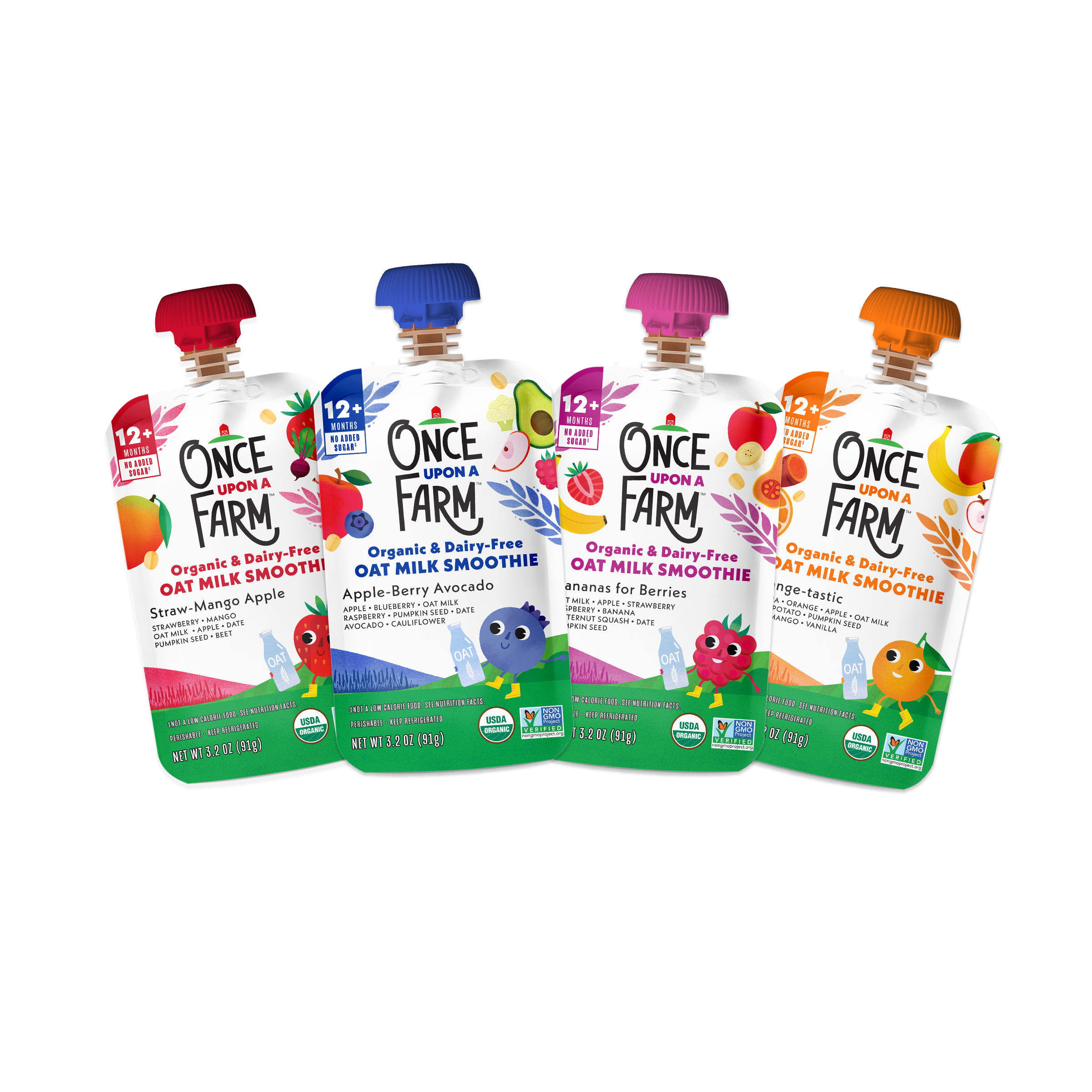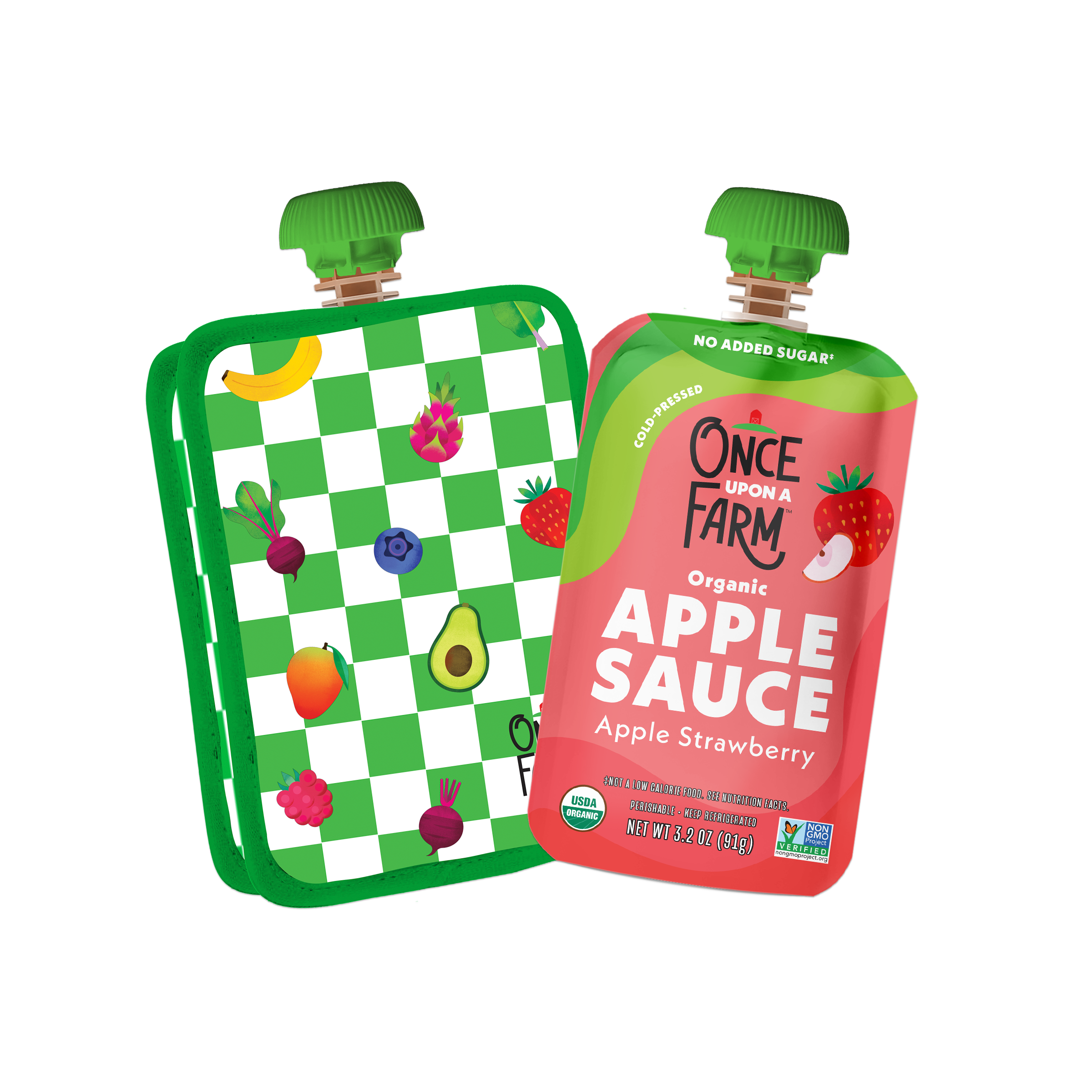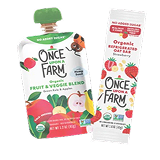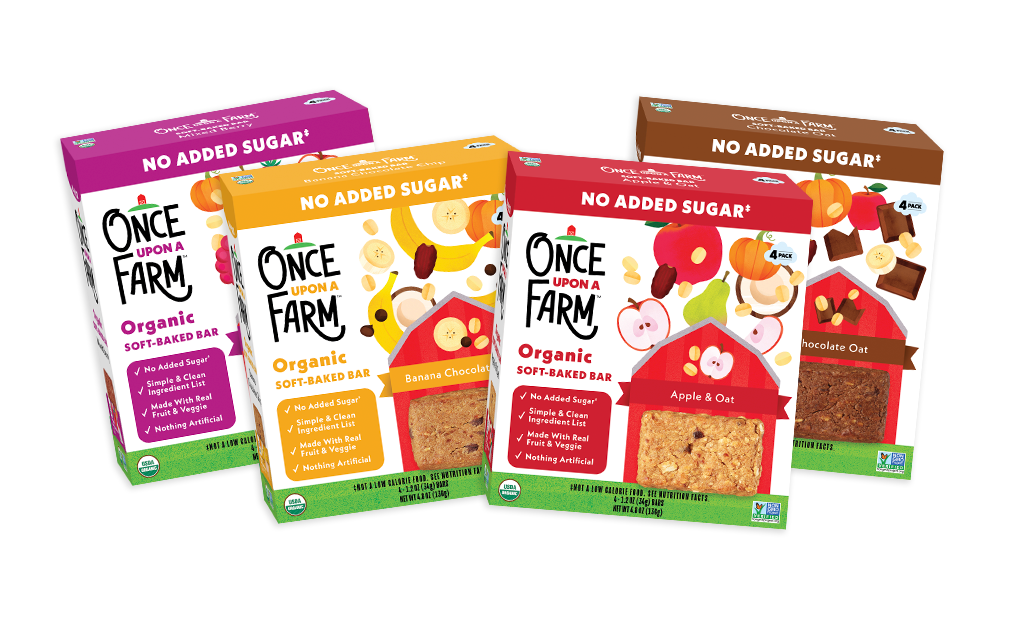This article was written by O'Farm expert, Emily Oster, PhD, an economics professor and parenting author.
For many parents, food and nutrition (along with sleep) are top-of-mind. Getting your child to eat a variety of foods, especially fruits and vegetables, is important. So how can you prevent a picky eater? When do people develop their taste preferences? How important is childhood in that process? And how, exactly, do you get a kid to like Brussels sprouts?
The bottom line is that people develop many of their taste preferences during childhood, and most of us gravitate towards our childhood flavors even as adults.
One way to see this is simply introspection. Many of us crave the flavors of home—our mom’s stuffing, our grandfather’s pulled pork—and sometimes we cannot understand why our partner simply doesn’t see that this is the best stuffing ever made.
Where we grow up has an affect on our taste preferences.
But there is also good data which demonstrates this systematically. One study, for example, looked at people in India who grew up in a region where rice was the major carbohydrate, and moved to a region where wheat was the major carbohydrate (or visa versa). The study shows people remain very loyal to their childhood carbohydrate, even to the point of paying a premium for it, in a seriously resource- constrained environment. Another study shows that people who grew up in different regions of the US develop loyalty to regional favorites (e.g. Hellmans versus Miracle Whip).
We start developing taste preferences very early.
We can observe the importance of infancy and young childhood in the development of these taste preferences. Flavor exposure in infancy and in utero seems to influence flavor preferences as children age. In one study, women who were pregnant and breastfeeding were encouraged to consume a lot of carrots. Their children were compared to a randomly selected control group without this exposure. When kids were ready for solid food, the researchers found that babies with the carrot-exposed moms were more receptive to carrots.
This study showed that childhood is an important time for development of food taste preferences.Young children are at a stage where their tastes are more malleable than they will be later. So it’s a great time to have a little fun with things. Most kids get a bit pickier between 2 and 6 or so, so before 2 is an especially good time to present new flavors.
Are there data-based tips for how to do that? At least a few!
1. Kids often need repeated exposure to flavors to learn to like them.
One study showed an increased willingness to eat fruits and vegetables after repeated opportunities to taste. If your baby is not wild about green beans one day, don’t give them up forever! Offer them again. And again.
2. Pair new (or aversive) flavors with ones your kids enjoy.
Combining an unfamiliar or even somewhat aversive flavor with an enjoyed flavor can increase uptake. This is an argument for dip. Kids, especially older kids who may be a bit pickier, have been shown to eat more vegetables if they’re provided with some kind of enjoyable dip.
O'Farm note: Try serving veggies in thin spears with ranch dressing or hummus, for example. More ideas here!
3. Lean on positive reinforcement.
Kids seem to respond better to positive rather than negative food reinforcement. Think: “You might enjoy prunes, they’re like big raisins!” rather than “Eat this prune or no dessert.” This feels hard because the second prompt is probably more likely to lead to consumption of that particular prune. But in the long run, the first prompt increases the chance of overall prune enjoyment.
In the end, it’s worth being prepared for the fact that most kids are picky eaters for at least some period, and all kids, just like adults, have some kinds of food they just do not like. That’s okay! Infancy and childhood are the times of life when you can help them develop the taste preferences that they’ll take into adulthood.

